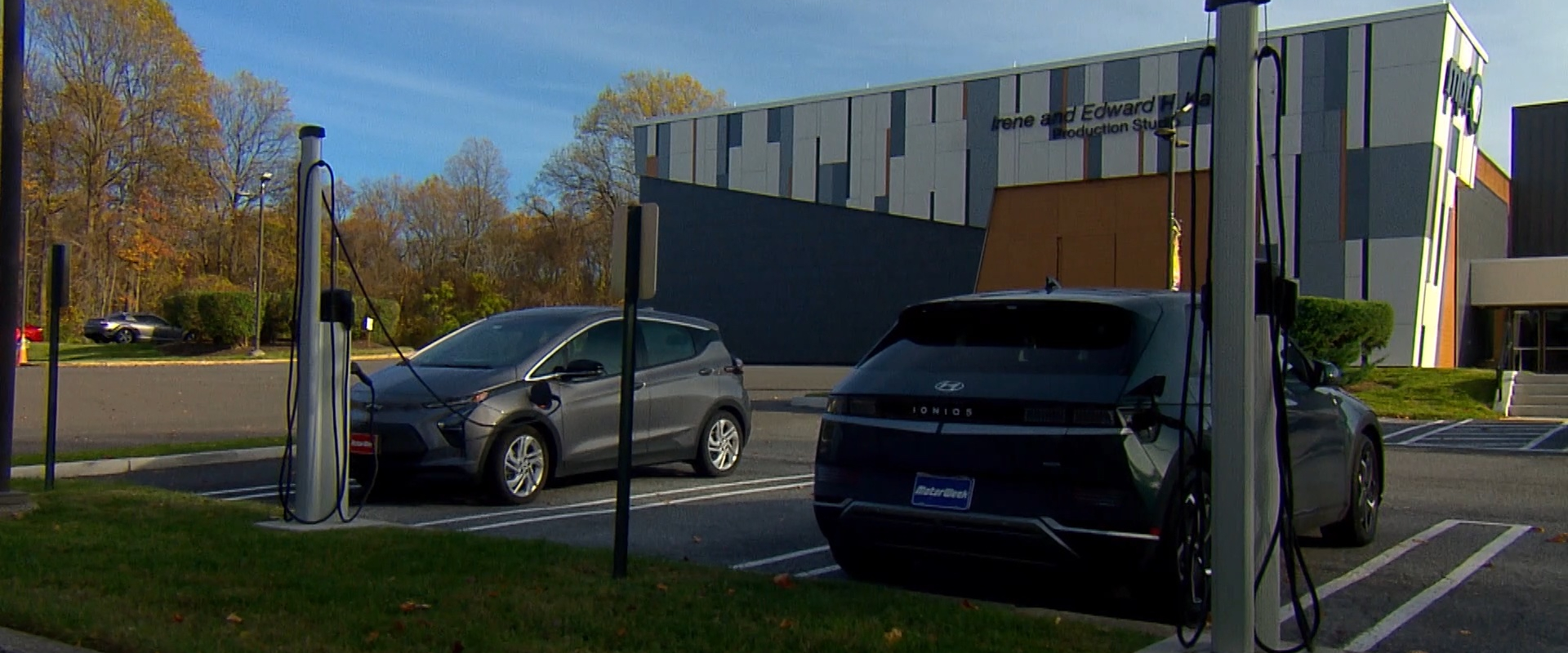Charging 101
There’s a lot of confusion about electric vehicle charging these days; with various plug configurations, charging speed, as well as the frustration of finding an available charging station and hoping it works when you get there. Well, that uncertainty is certainly making some buyers hesitant to choose an EV as their next ride. So, we thought we’d cut through the clutter and plug into the facts on charging up.
The standard receptacle on all EVs not named “Tesla” is called a J1772 port. A level 1 cord adapter for household electric outlets is included with most new EVs. This will net you about five miles of range for every hour spent plugged in, so it’s best suited for long-term parking.
Stepping up to level 2, the same J1772 connector is again used in most cases; but the power feed jumps up to 240 volts, and delivers 10-to-20 miles per hour of charge. This is the most common type of EV charging in the US with about 61,000 public charging stations and more than 140,000 charge ports available.

The next level up is DC Fast Charging which, as the name suggests, operates on direct current and at much higher voltages. So, it can replenish upwards of 200 miles of range in under an hour. If your vehicle’s charge receptacle has a flap or removable plug to accept a larger connector, then it is fast charge capable. Most EV models use the CCS or Combined Charging System connector. These can be found in more than 7,500 locations nationwide with about 15,000 ports.
Tesla uses their own proprietary connector, now called the North American Charging Standard or NACS for all three charge levels. Tesla’s public Supercharger network only numbers about 2,200 locations in the US, but they generally have more chargers at each station. So, there’s more than 24,000 Supercharger ports available. That may sound like a lot, but to meet future demand it’s estimated we’ll need about 1.2 million public charge ports and 26 million private chargers installed within the next few years.
GABE KLEIN: “We’re adding about 500 a week lately, uh, in terms of ports. So, we’re up to, this morning, like, 163,885— not that I’m counting every day. We’re gonna see a lot of level 2 ports. It’s going to be about 85-, 90-percent of the charging in this country. But, even though that’s true, you still need those DC Fast Chargers so when you’re out on the highway, you’re making that great American road trip.”

Most EVs have on-board inverters that convert AC power to DC for the battery. DC Fast Chargers convert AC to DC before it gets to the car, so they deliver DC power directly to the battery, which is how they charge faster.
Tesla makes adapters available for its customers to use other types of plugs; but until recently, the opposite hasn’t been true. Making big news in recent months, though, is the move by many major car makers to partner with Tesla for access to the Supercharger network. They’ll do this with plug adapters beginning this year but will likely build new EVs with native NACS ports as early as 2025.
Another common frustration for EV drivers is encountering charger equipment that is out of service, malfunctioning or just hard to figure out.

GABE KLEIN: “We stood up to ChargeX Consortium with three national labs, and now we have over 75 companies that are involved: Ford, GM, all the big ones and a number of small ones. And we’re figuring out not only how do we make more reliable but more usable, because sometimes someone will go up to a charger and they just can’t figure out how to use it. We need to make it simpler, easier, make the interface easier.”
So, while some teething pains remain with America’s EV charging infrastructure, the user experience is rapidly improving with the end game to soon make charging up an EV as natural as driving one.






